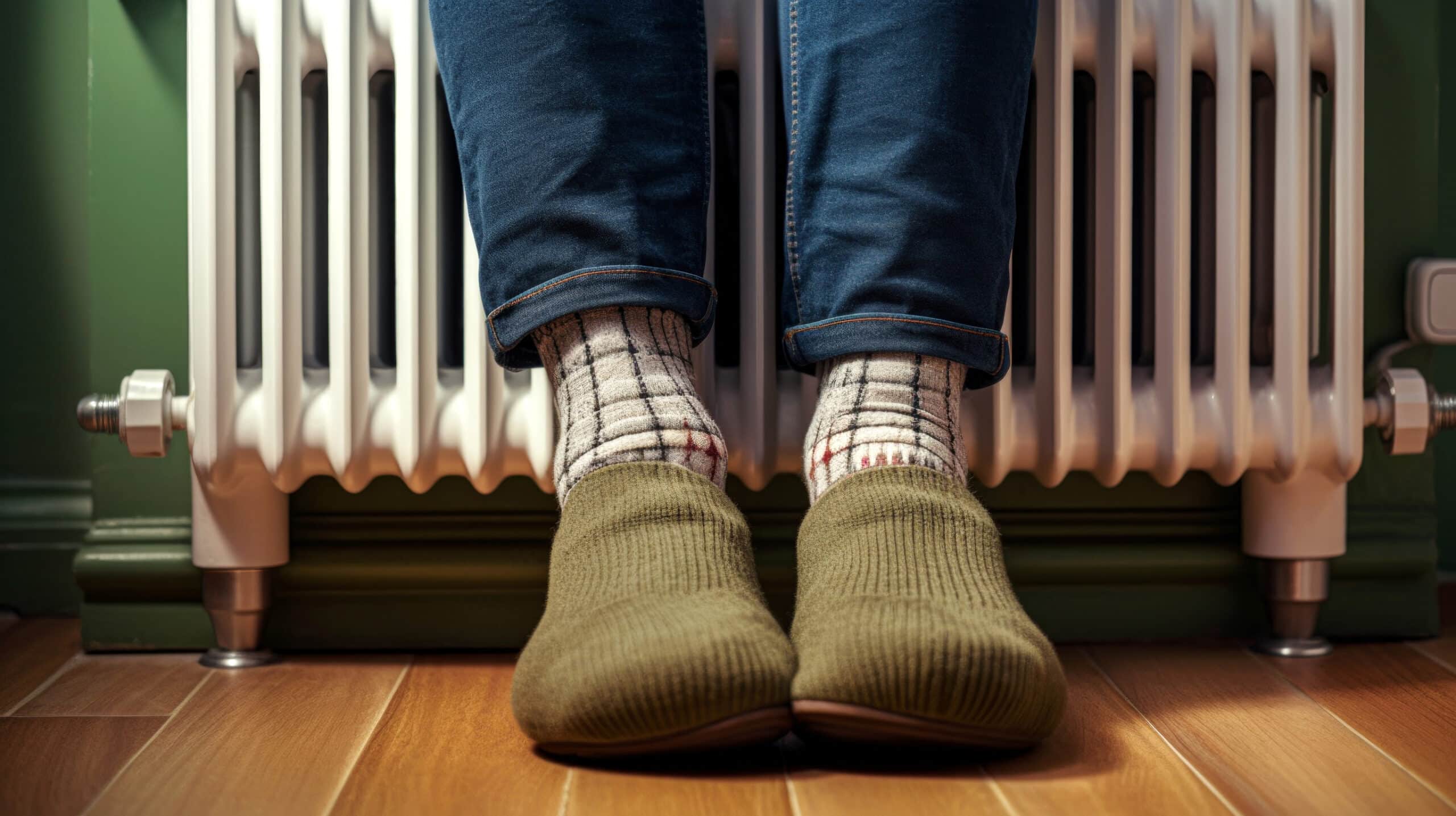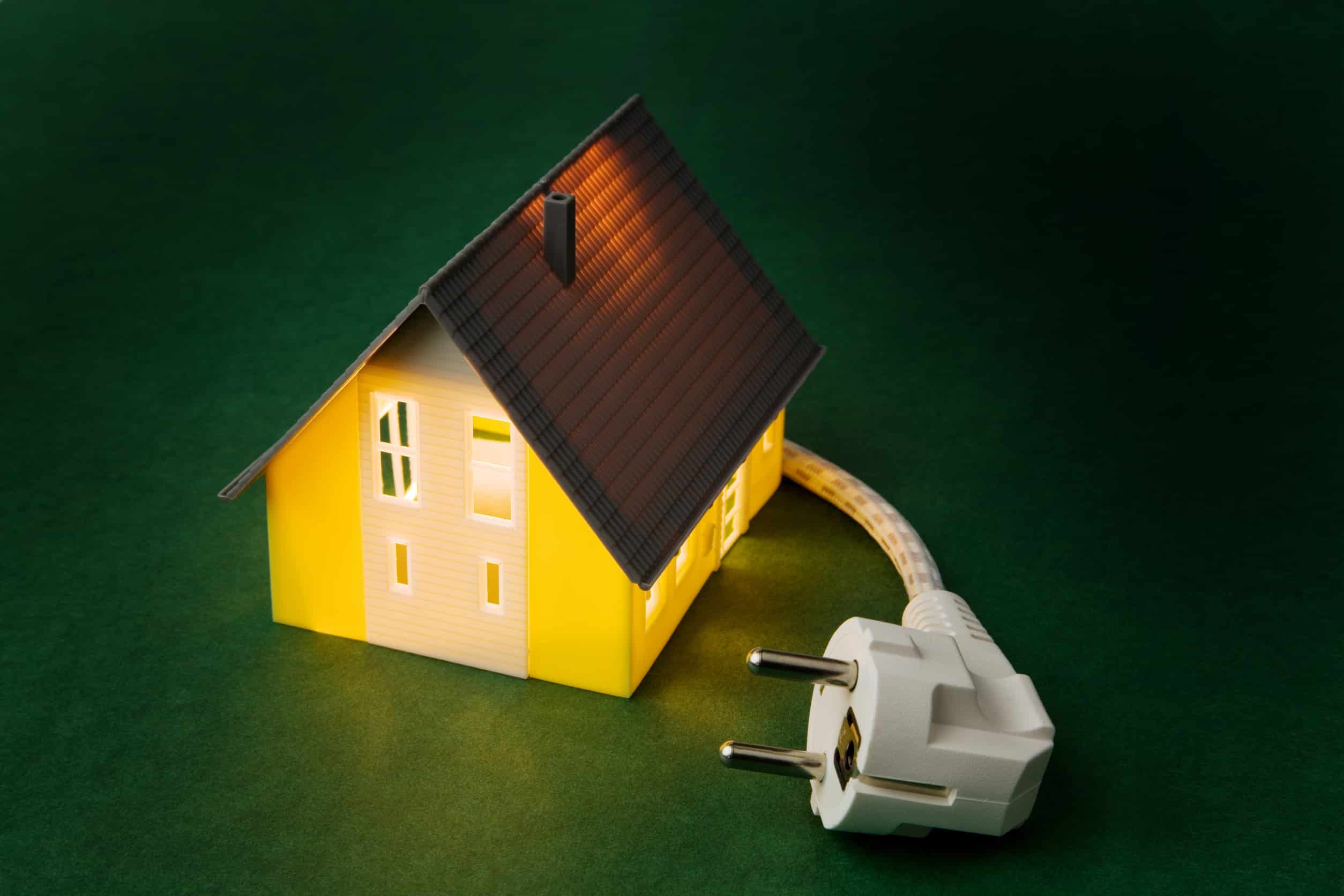How to Winterize Your Home To Save on Energy Costs (5 Ways)
I will never forget opening my January heating bill, $350 for just one month. My two-bedroom house wasn’t even that big, so I stared at the number in shock and thought, ‘Where is all this money going?’ and that was the exact moment I decided to winterize my home. Energy Star reports that nearly 50% of a typical household’s energy bill goes to heating and cooling, often adding up to more than $900 annually.
Over the following weekends, I implemented a series of changes, some minor, others more significant, and by February, I had reduced my heating bill by nearly 30%. My home felt noticeably warmer, and for the first time, I felt empowered to manage my heating costs rather than anxiously awaiting my next bill.
Here are the exact five steps I took to winterize my home. None of them requires a massive budget or a contractor. They are simple, doable things you can start this week, and they actually work.
Stop Heating the Outdoors: Boost Your Home’s Insulation
When you do not insulate, the heat you pay for just escapes through the roof, the walls, and under door frames. EPA estimates that adding insulation to attics, walls, basement ceilings, and rim joists can reduce heating and cooling costs by up to 15%.
When I checked my attic, I noticed the insulation was thin, so I added a few extra centimeters. Even that small addition made a noticeable difference in comfort. Windows matter too: insulated curtains on cold-facing walls can help reduce heat loss.
While each upgrade may feel minor, they add up quickly over a full season. If your attic or walls are under-insulated, you’re essentially heating the outdoors. Take a quick look—do you have thick, even insulation, or thin, patchy layers? If it’s the latter, it’s time to upgrade.
Fiberglass batts, spray foam, and insulated curtains all contribute to the insulation. After adding insulation to my attic and basement rim joists, the difference was immediate, and the house felt far less drafty and much cozier.
Seal Leaks and Eliminate Drafts
Air leaks are invisible thieves that steadily drain warmth from your home. Doors, windows, chimneys, and small gaps around pipes or utility openings all allow warm air to escape and cold air to creep in.
One night, I lit a candle and walked around the house. When I passed by the back door, the flame flickered. That’s how I discovered the draft that had been stealing my heat. It may sound old-fashioned, but it’s true—tiny leaks add up to significant losses.
I tackled the culprits with weatherstripping, caulk, and a rubber door sweep. These are simple, inexpensive fixes you can find at any hardware store or order online for quick delivery.
The U.S. Department of Energy reports that sealing uncontrolled air leaks can save you 10%–20% on your heating and cooling bills. That might not sound huge, but on a $300 bill, that’s like $30–$60 every month.
You might be thinking: Does sealing a small gap really make a difference? The answer is yes, tiny leaks add up, and fixing them can make your home noticeably warmer.
Let the Sun Pay Your Heating Bill
Sunlight is a free source of heat, and using it strategically can make a noticeable difference. Open curtains in south-facing rooms during the day to let sunlight warm the space, then close them in the late afternoon to trap the warmth inside.
According to the U.S. Department of Energy, closing curtains at night can reduce heat loss by up to 10% in cold weather. I tested this myself; one room’s curtains were open, while the other’s were closed, and the difference was clear: the room with closed curtains stayed noticeably warmer.
This simple habit costs nothing but can significantly reduce wasted heat. Homes with single-pane windows can benefit even more by adding storm windows or applying insulating film. Small adjustments like these can improve comfort and also add up to significant savings on your heating bill.
Maintain Heating System and Thermostat Settings
Even a well-insulated home can waste energy if the heating system isn’t properly maintained. I discovered this the hard way one winter: a clogged filter forced my furnace to work overtime, and my utility bill spiked before I realized what was happening. Since then, I’ve made it a habit to clean or replace filters every couple of months—a simple step that makes a real difference.

Thermostat settings also play a bigger role than many people realize. Direct Energy recommends setting the thermostat to around 68°F (20°C) when you’re at home and lowering it while you’re asleep or away. Implementing this advice immediately improved the efficiency of my house; the temperature remained comfortable, while the system operated less frequently.
Small adjustments like these can lead to noticeable savings over the course of the season. Scheduling a preseason check-up is another effective step.
A technician once caught a minor vent issue before it became a larger, more expensive problem. A quick tune-up before winter ensures your heating system operates efficiently throughout the entire season.
Small Fixes That Add Up
Sometimes the smallest changes make a surprisingly big difference. Wrapping hot water pipes with insulation keeps water warmer for longer, so your heater doesn’t have to work as hard. Switching to LED bulbs reduces unnecessary energy consumption from lighting, and adding rugs to cold floors helps keep rooms warmer while making them more comfortable to walk on.
Other small steps can help too: using draft stoppers on doors, installing programmable or smart thermostats, and adding outlet gaskets to reduce hidden heat loss. Each of these adjustments might seem minor on its own, but together they create a more energy-efficient home. Over the course of a month, these small improvements can noticeably lower your heating bill.
Final Thoughts
Winter doesn’t have to drain your wallet. You can significantly improve your home’s energy efficiency by sealing leaks, improving insulation, and adopting simple habits, such as letting in sunlight during the day.
Start with one or two changes; for example, check a window seal tonight or adjust the thermostat tomorrow. Each action is manageable on its own, but together, they add up to noticeable savings and a warmer, more comfortable home.
With a bit of preparation and thoughtful attention, your home can be optimized to your advantage, providing comfort and warmth while effectively managing your budget.








